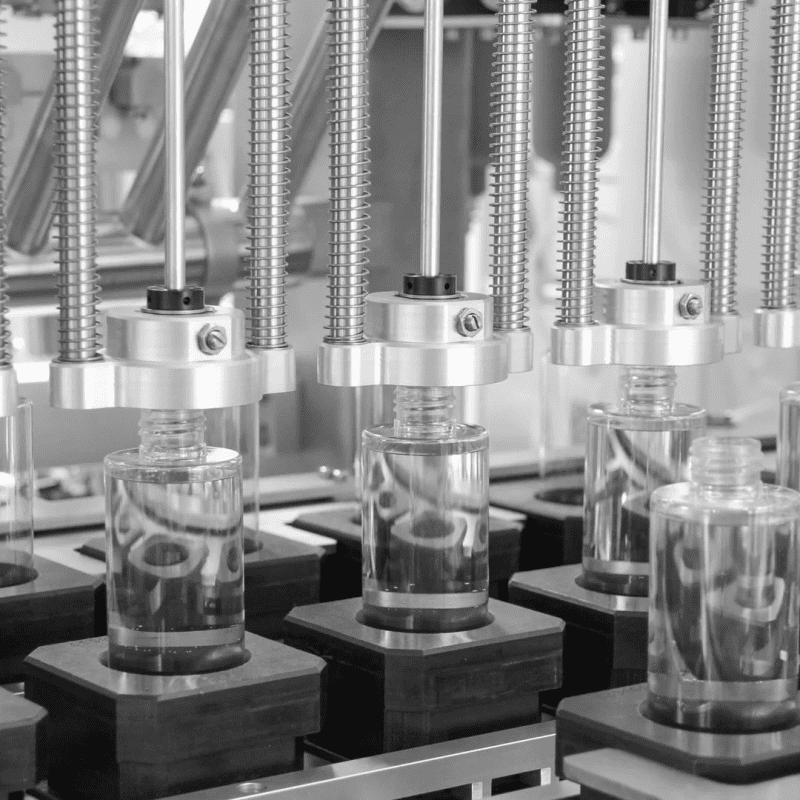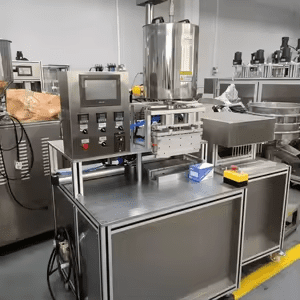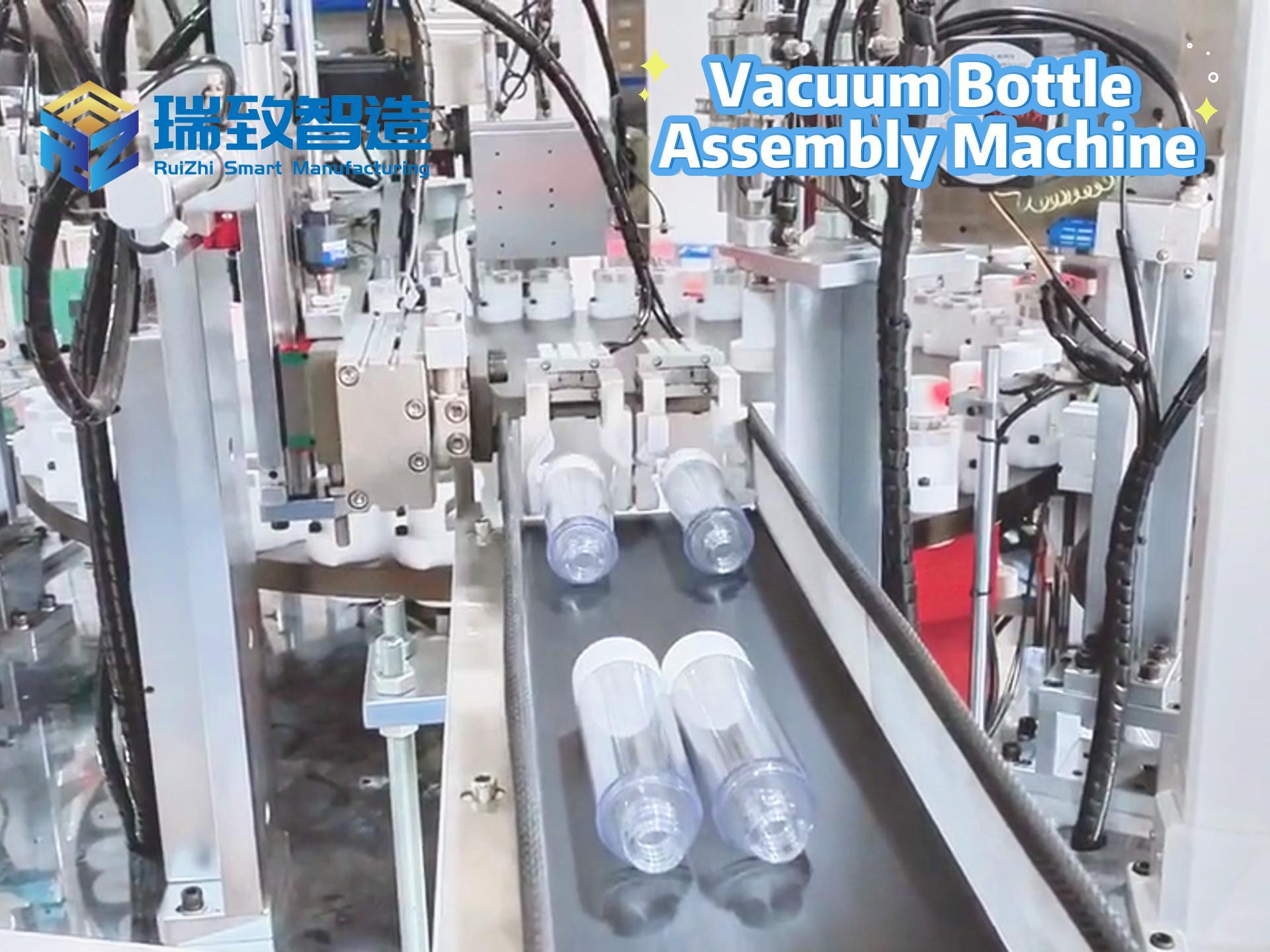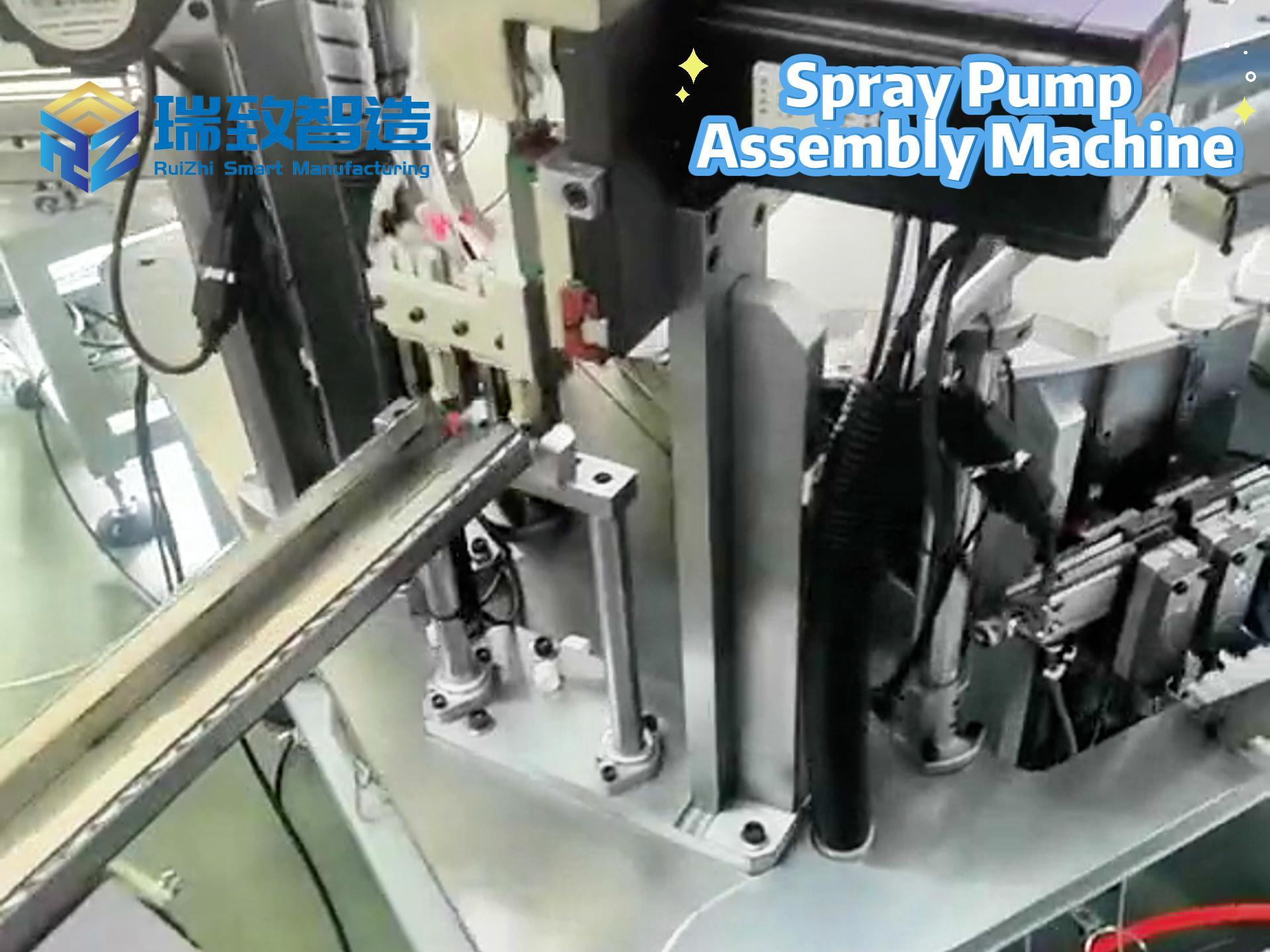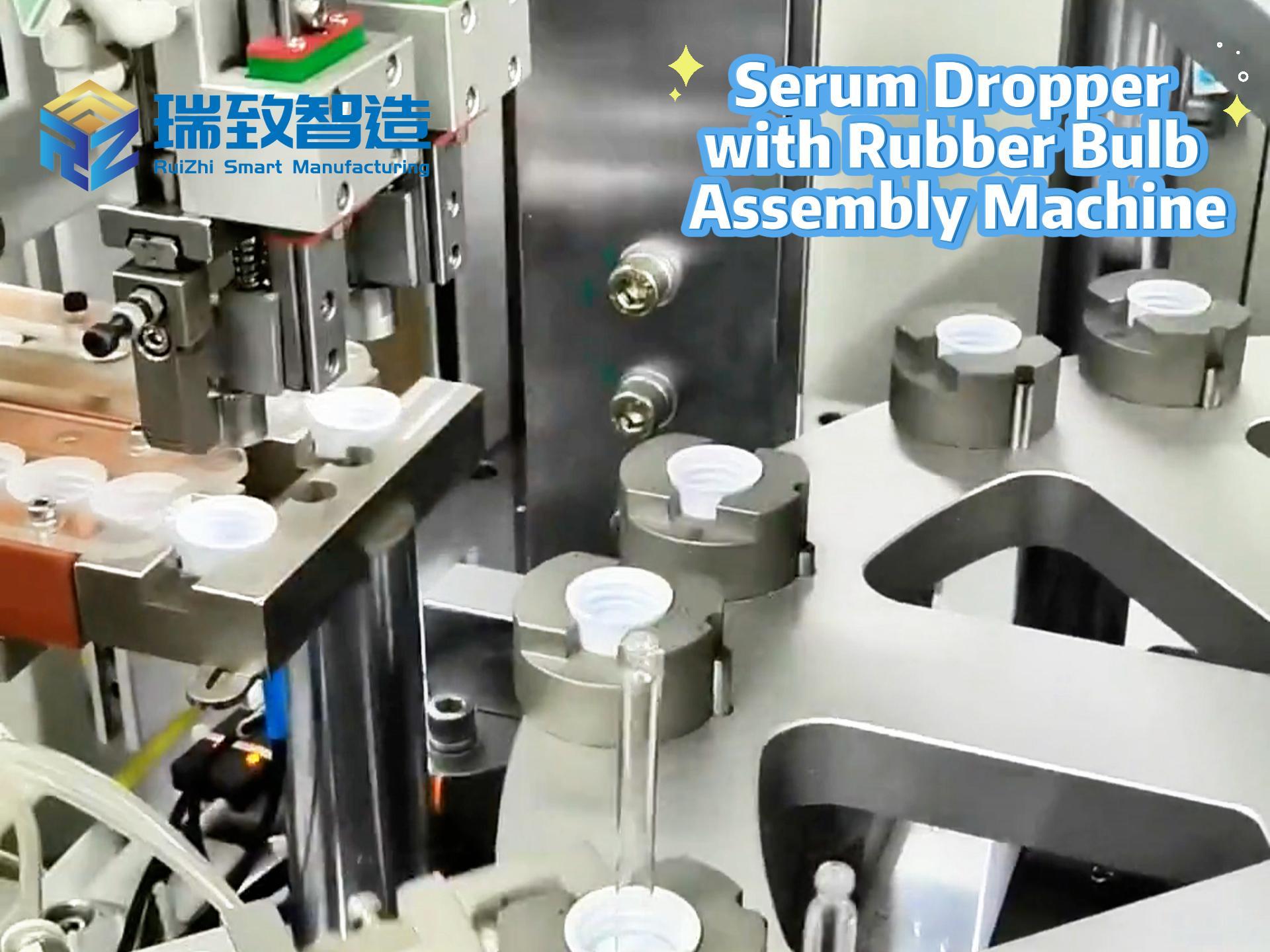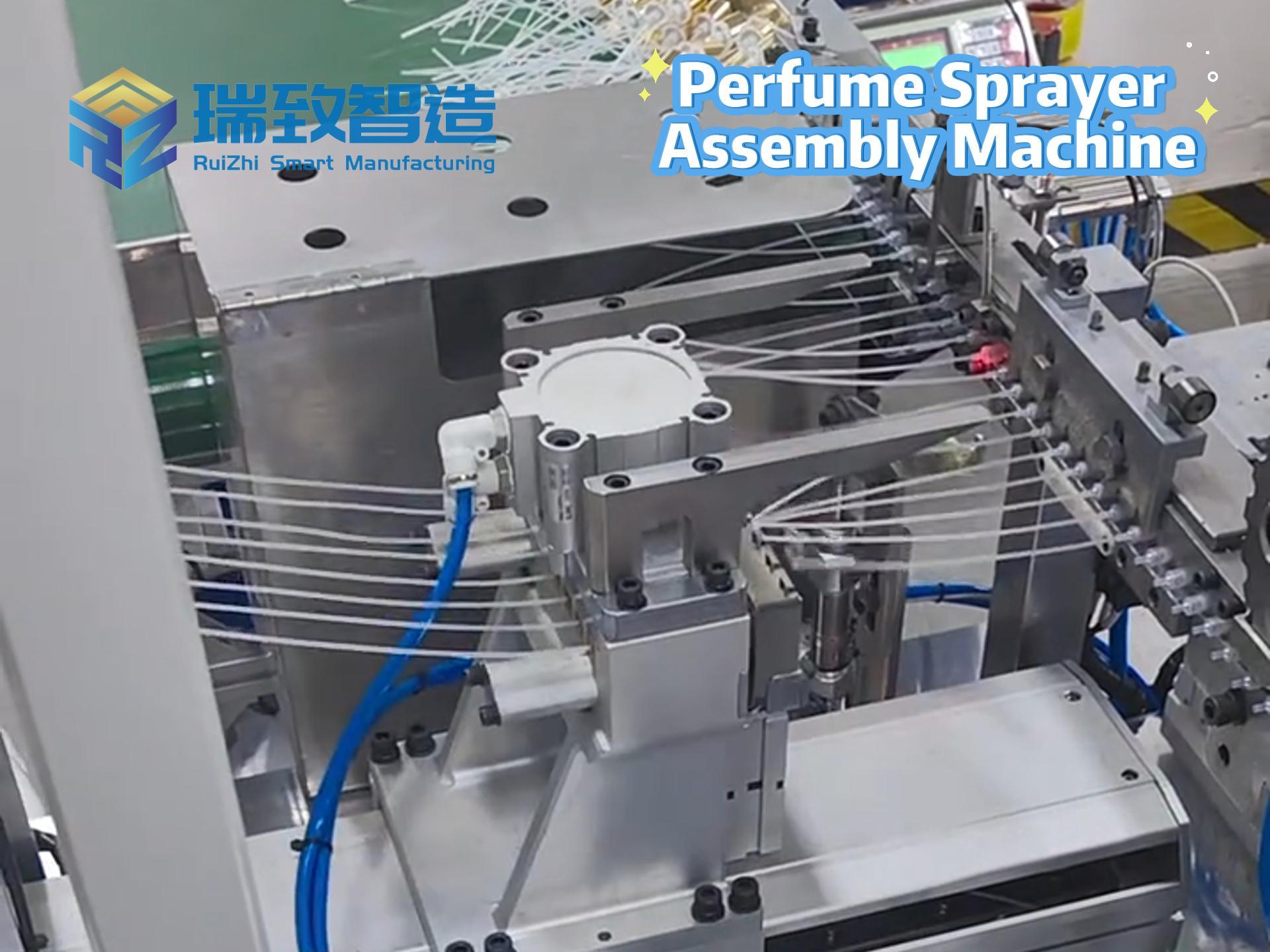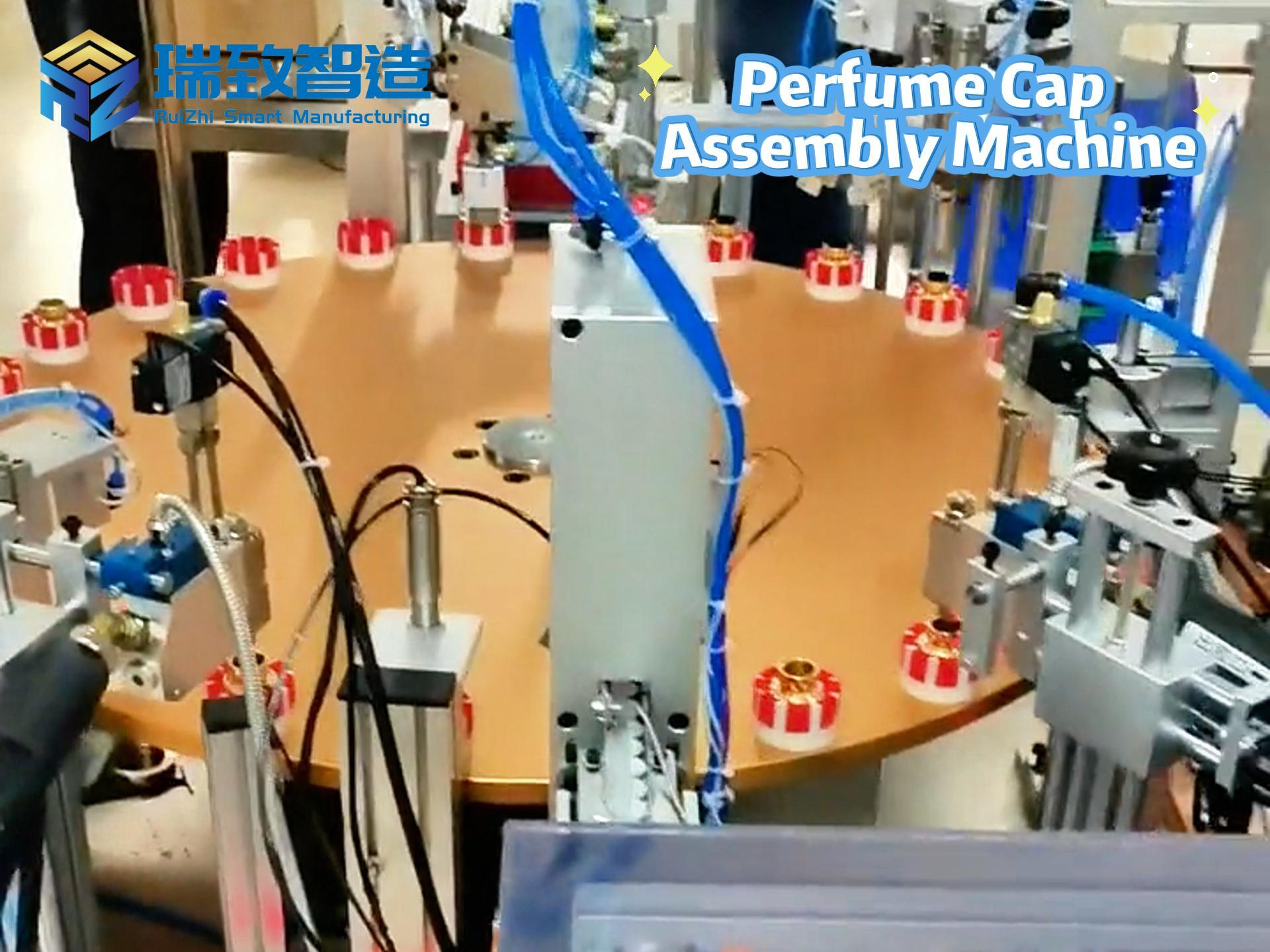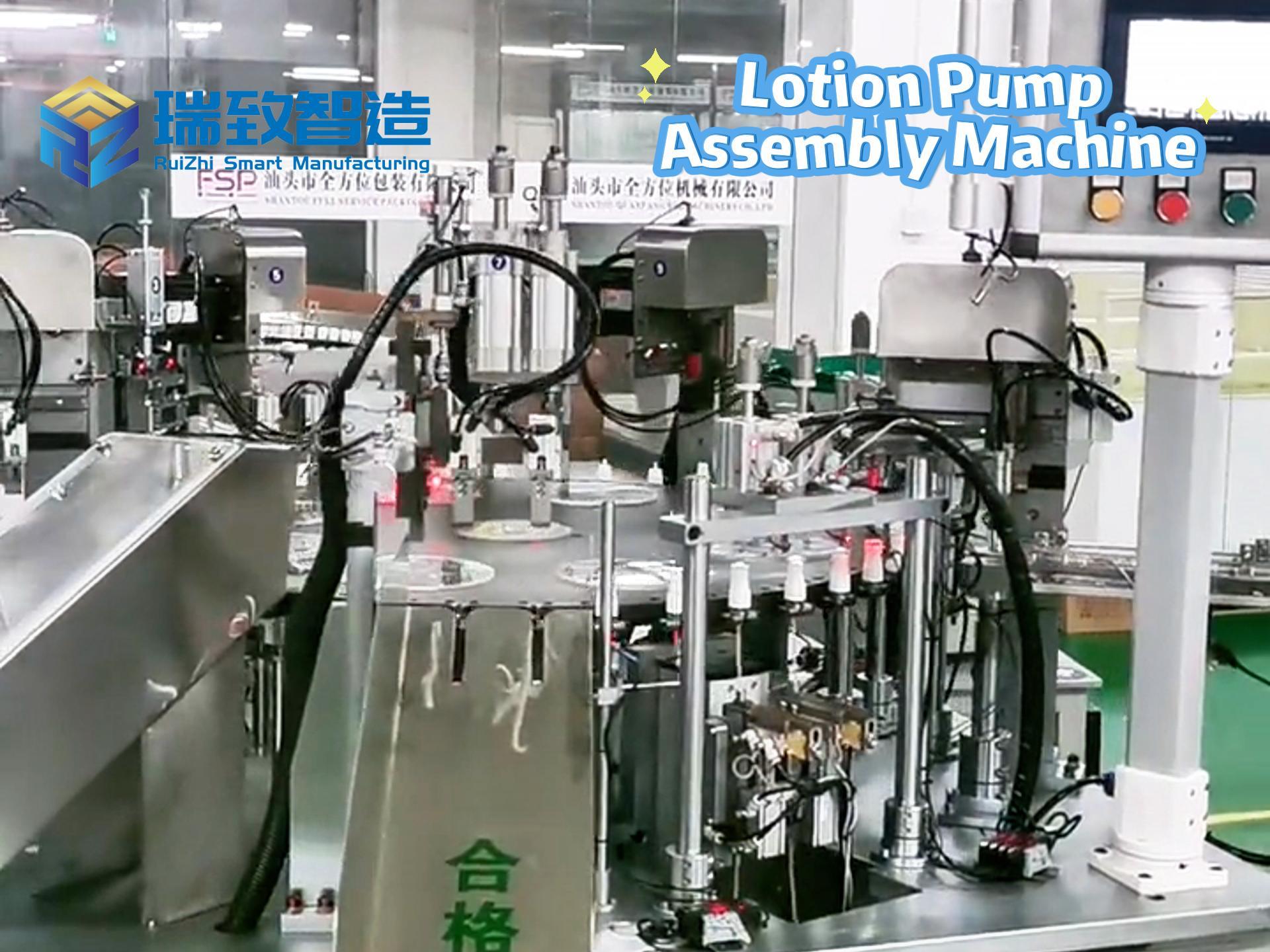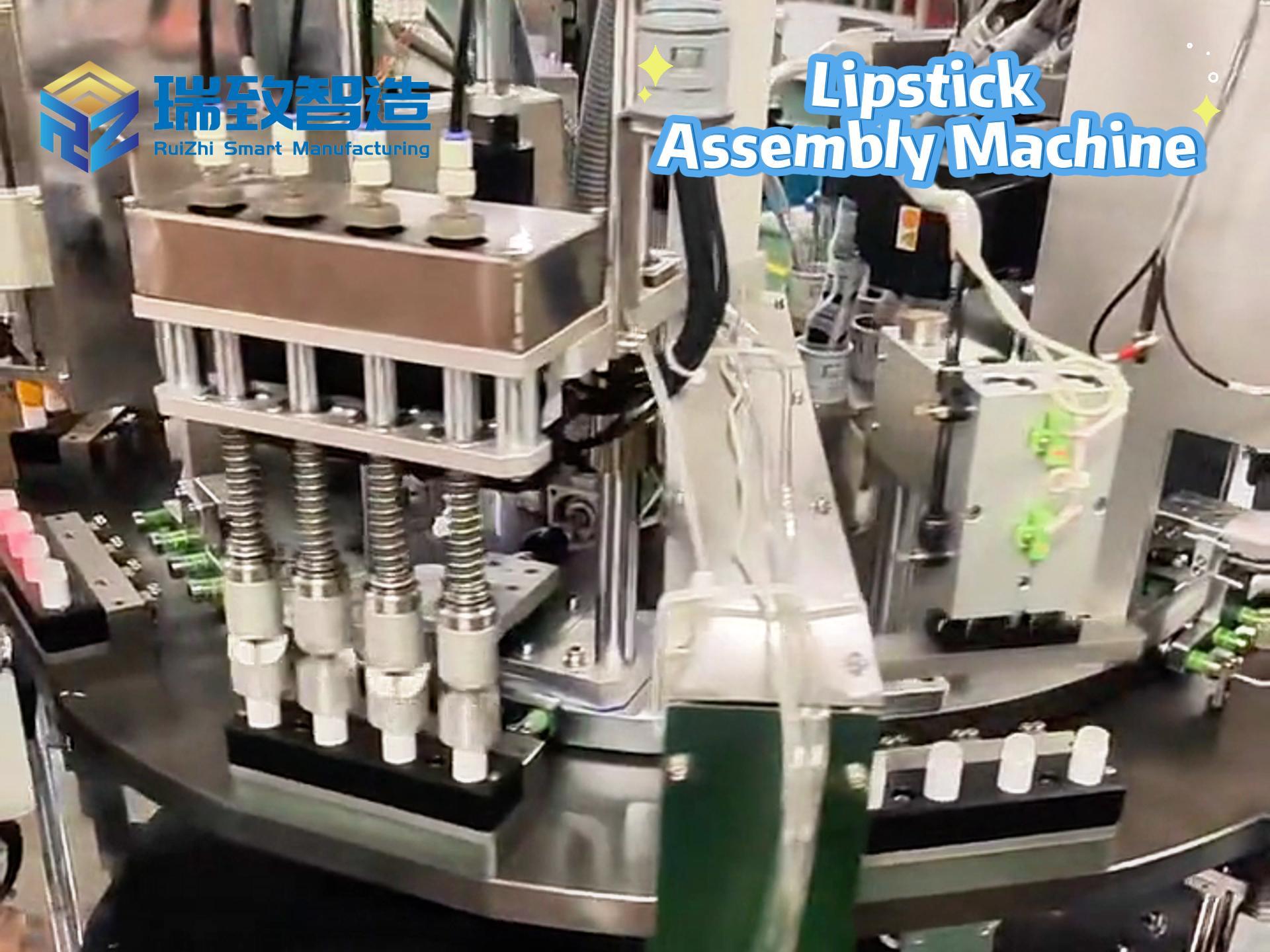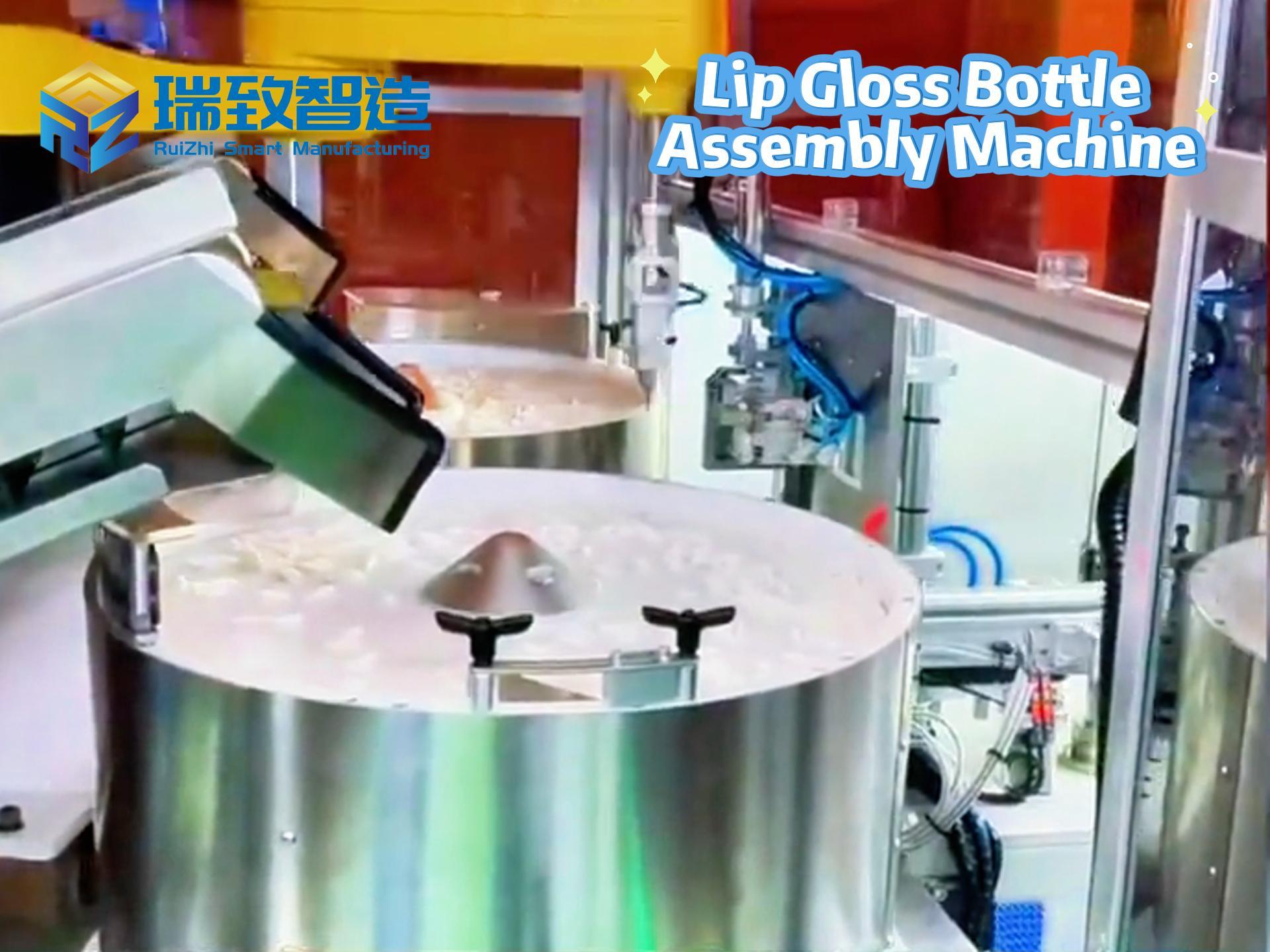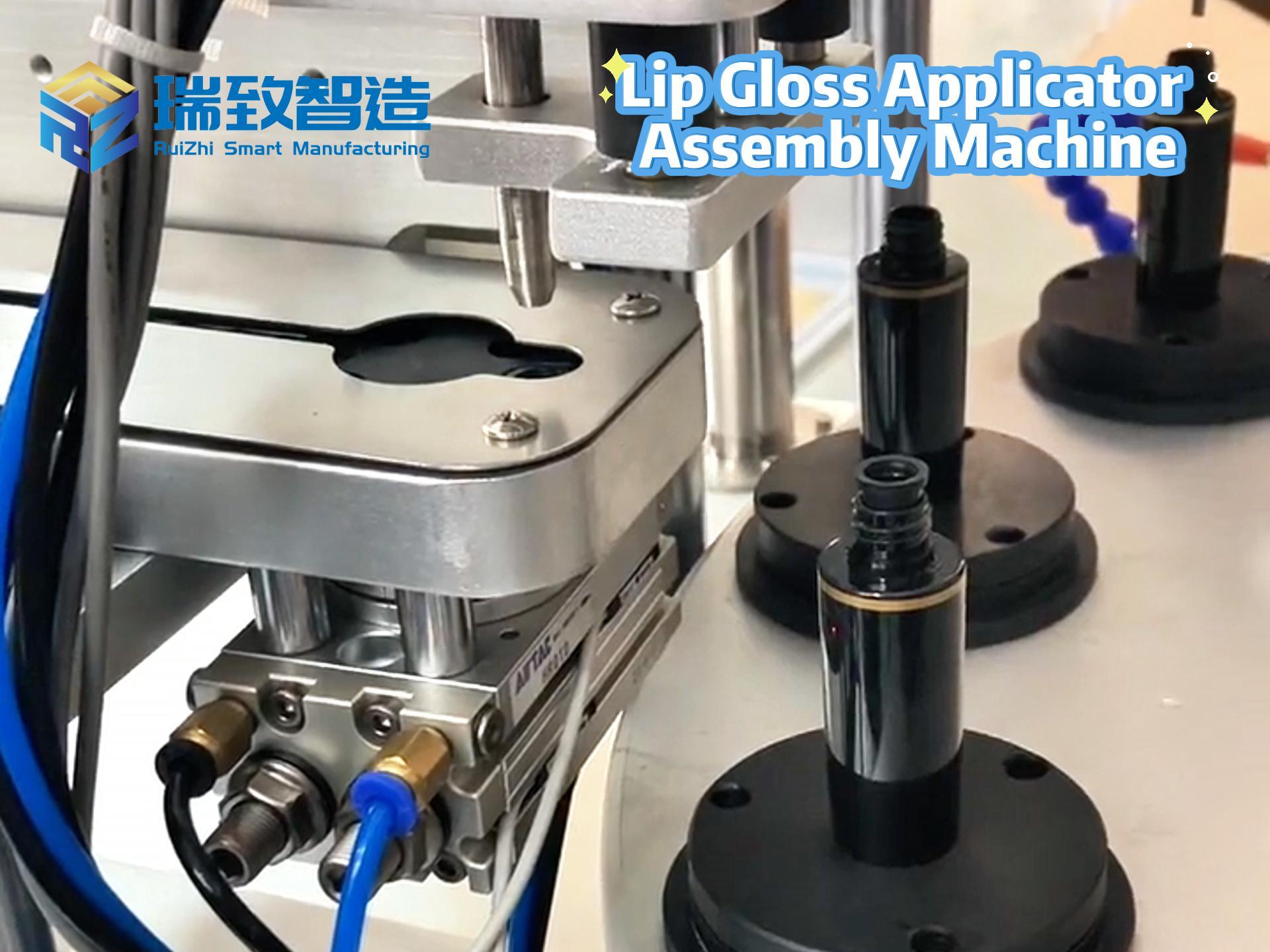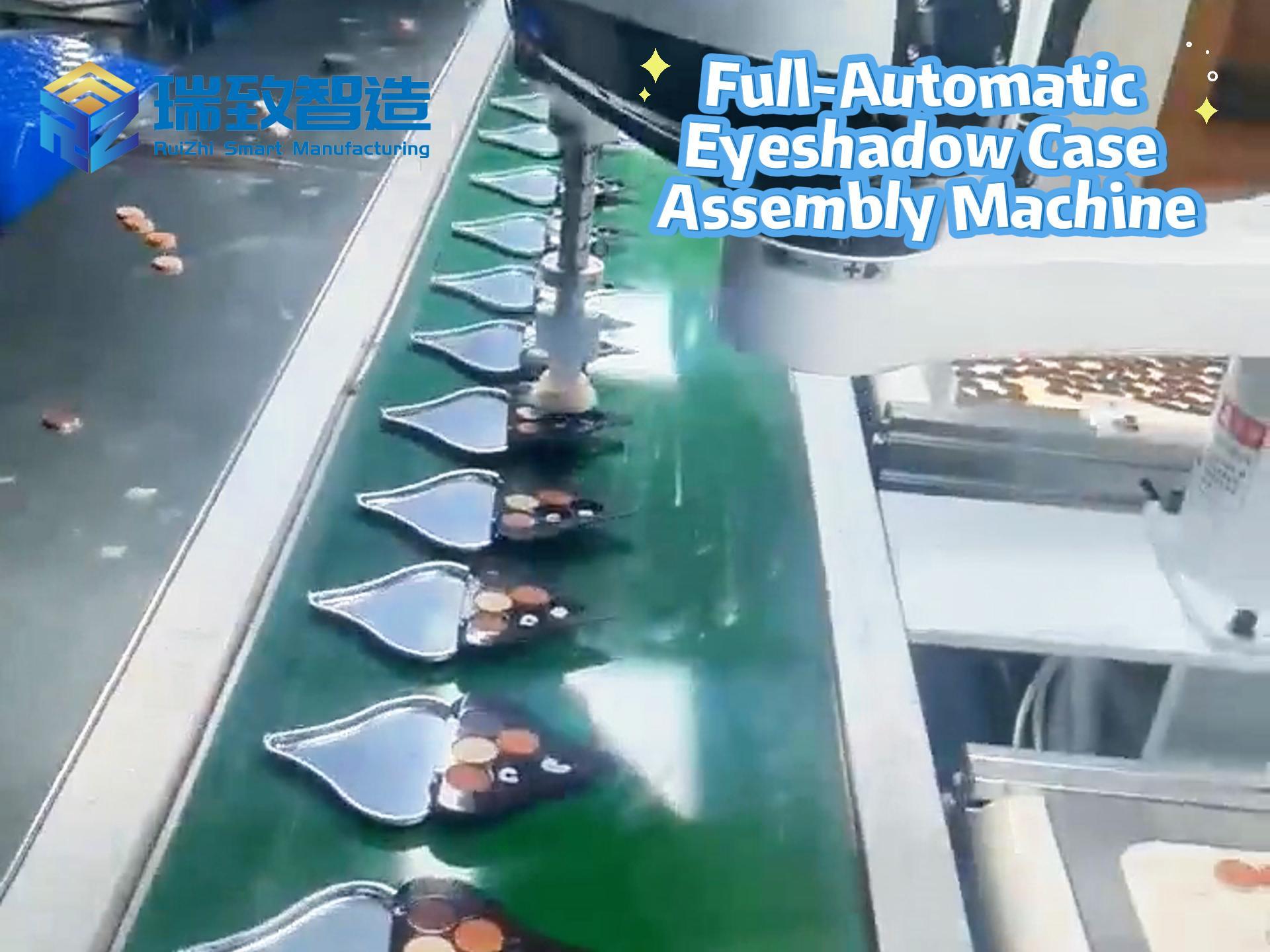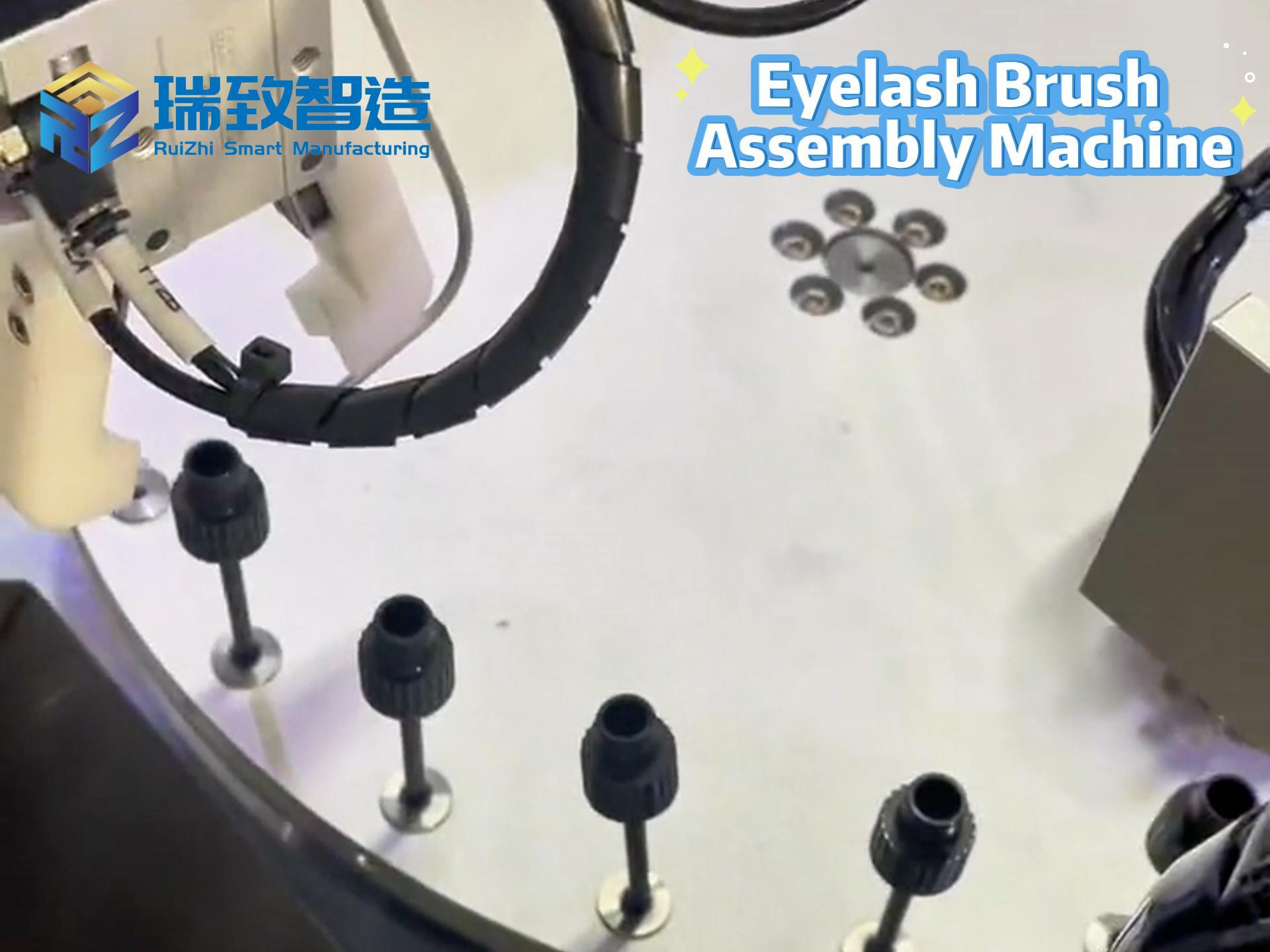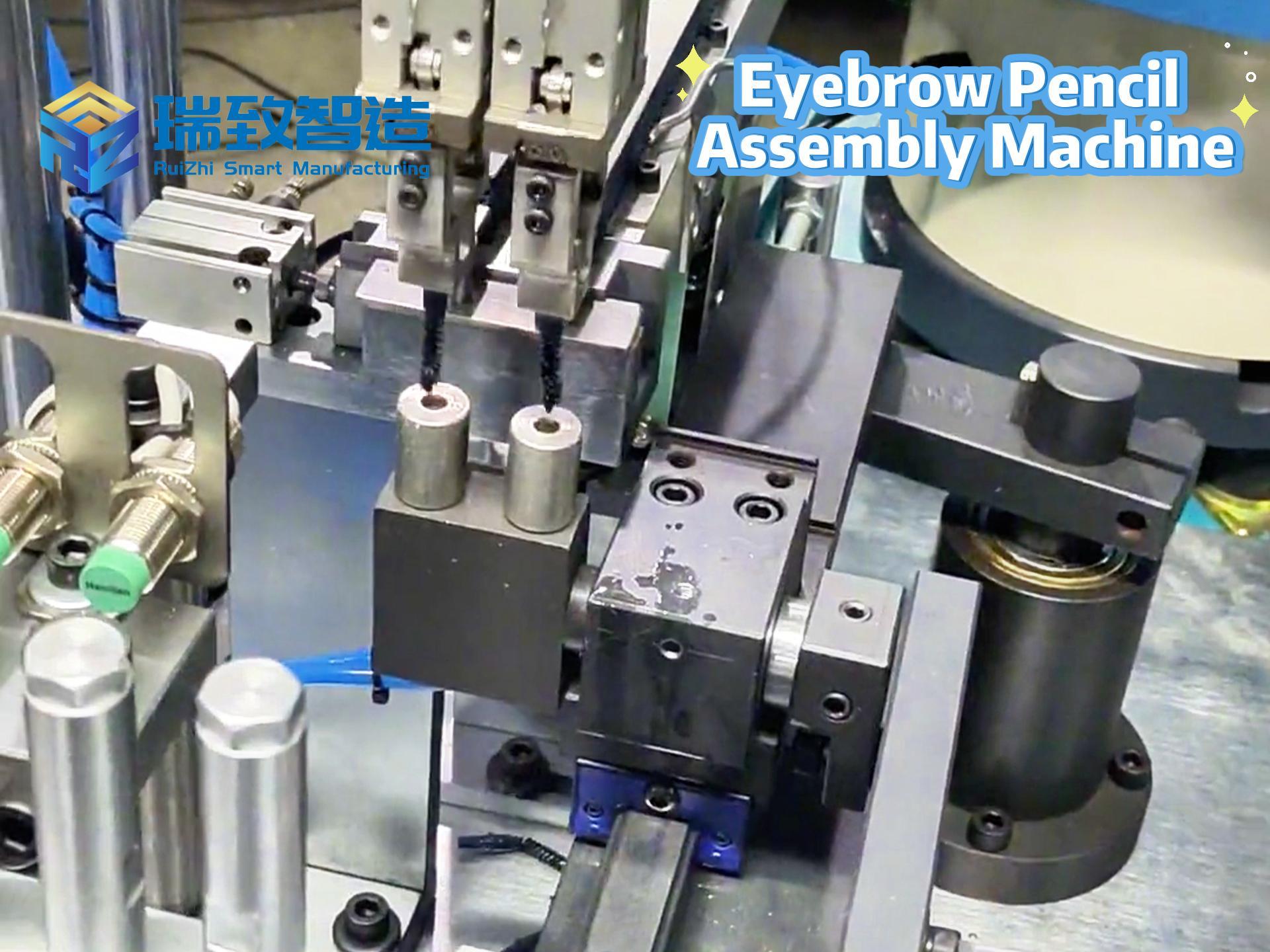Table of Contents
ToggleGlobal Opportunities and Challenges of Non-Standard Automation Equipment: Key Points for Cross-Border Project Implementation and Localization Adaptation Strategies

Introduction: From “Blocked Overseas Expansion” to “Localization Breakthrough”—The Pain and Rebirth of a Company’s EU Certification
A new energy equipment manufacturer in Shenzhen first entered Europe by providing a “pole piece sorter” for a German battery factory. However, due to failing the CE-LVD low voltage directive certification (motor insulation class not meeting standards), the equipment was detained at the Port of Rotterdam for 30 days, resulting in not only a €150,000 port detention fee but also missing the customer’s production window. Learning from this, the company spent 18 months establishing a global compliance system: customizing high-voltage resistant motors for the EU market, developing bilingual interactive interfaces, and obtaining TÜV-SÜD certification. In the following year, orders for similar equipment surged by 200%, and it won procurement from BMW Group’s new energy production line. This confirms that globalizing non-standard equipment is not about “product export” but “capability reconstruction.”
I. Global Opportunities: The “Automation” in Emerging Markets is Bursting
▶ 1. Manufacturing Shifts Catalyze “Customization Gaps”
- Rise of Southeast Asia: Vietnam and Indonesia are undertaking 3C electronics and garment manufacturing transfers, with automation equipment demand expected to reach $12 billion in 2025 (25% annual growth), but local suppliers can only meet 30% of the demand;
- Localized Production in Latin America: Mexican auto parts factories need customized “multi-specification transmission detection lines” to adapt to North American customers, with Chinese suppliers responding 40% faster (6-month delivery) than European and American counterparts;
- Industrialization Wave in the Middle East: Saudi Arabia’s “Vision 2030” invests $50 billion in upgrading manufacturing, driving a surge in demand for “high-temperature and dust-resistant non-standard equipment” in food, chemical, and other industries.
▶ 2. Three Global Advantages of Chinese Non-Standard Equipment
| Advantage Dimension | Specific Performance | Data Comparison |
| Cost-Effectiveness | Equipment prices at the same technical level are 60% of European/American and 70% of Japanese (e.g., new energy battery laminators: China ¥1.5 million vs. Germany ¥2.5 million) | Southeast Asian customers choosing Chinese equipment shorten the investment payback period by an average of 6 months |
| Customization Capability | Supports “multi-specification quick switching” (e.g., 3C equipment compatible with 10+ mobile phone models), with a R&D cycle 30% faster than South Korea | For a Brazilian shoe factory customizing a “multi-size sole gluing line,” the Chinese team completed the solution design in 2 weeks (local suppliers required 2 months) |
| Supply Chain Resilience | 90% of components can be procured within a 300-kilometer radius in the Pearl River Delta/Yangtze River Delta (e.g., local supply of servo motors and vision sensors) | During the pandemic, Chinese suppliers maintained stable delivery cycles (12-16 weeks), while European/American suppliers had an average delay of 8-12 weeks |
▶ 3. Policy Dividends Adding Momentum
- Automation investment in “Belt and Road” countries grows by 25% annually, with Pakistan, Thailand, etc., offering equipment import tariff reductions (up to 50%);
- India’s “Make in India” plan requires a 40% automation rate in local manufacturing, and Chinese equipment has occupied 35% of India’s non-standard equipment imports with “cost-effectiveness + fast delivery.”
II. Three Core Challenges: Crossing the Triple Barriers of “Culture, Standards, and Service”
▶ 1. “Universal” Technical Standards: All-Around Adaptation from Voltage to Precision
- Gaps in Electrical Standards:
- EU/China: 230V/50Hz vs. North America: 110V/60Hz. A company’s equipment burned out the control board in Mexico due to not designing dual-voltage modules, increasing rework costs by 20%;
- Solution: Develop adaptive power modules (supporting 100-240V input) with only a 5% cost increase, covering 95% of global voltage requirements.
- Differences in Precision Certification:
- Japan’s JIS B 8432 standard requires robotic arm repeat positioning accuracy of ±0.01mm (China’s conventional ±0.02mm), necessitating harmonic reducer upgrades (8% cost increase but opening Japan’s precision assembly market);
- Case: After a company’s “chip packaging equipment” for Toshiba passed precision certification, it entered Toshiba’s supply chain system with annual orders exceeding ¥50 million.
▶ 2. Compliance “Maze”: Certification from Environmental Protection to Data
- Mandatory Environmental Certifications:
- EU RoHS 3.0: Prohibits phthalates (a company was fined 20% of the goods’ value for 密封圈 containing this substance), switching to perfluoroether rubber (3% cost increase, 100% compliance);
- US TSCA Title VI: Requires declaration of 10 toxic substances (e.g., polychlorinated biphenyls) in equipment, establishing a material traceability system (blockchain records the supply chain, improving declaration efficiency by 60%).
- New Red Lines for Data Security:
- EU GDPR: Equipment data must be stored locally. A company developed edge computing localization modules for German customers (data not on the cloud, docking with customer MES via OPC UA protocol);
- India’s DPDP Law: Cross-border data transmission requires government approval. A data center was established in Mumbai (storing local production data, reducing the approval cycle from 90 days to 30 days).
▶ 3. Dilemma of Localized Service “Last Mile”
- Pain Points in Spare Parts Supply:
- For an Indonesian project, a company needed to air-freight “customized grippers” from China, with a 15-day delivery period, causing customer production line shutdown losses of $100,000/day;
- Breakthrough: Established a regional spare parts warehouse in Jakarta (stocking 50 types of high-frequency replacement parts), delivering within 48 hours and reducing shutdown losses to zero.
- Cultural Communication Barriers:
- Middle Eastern customers prefer face-to-face business negotiations (video conference acceptance rate only 30%), and project decisions require approval from core family business members (4-6 weeks longer cycle than Europe/America);
- Response: Set up a local office in Dubai, hiring bilingual Arabic-English teams, shortening project signing cycles by 50%.
III. Four-Step Rule of Localization Adaptation: From “Chinese Solutions” to “Global Solutions”
▶ 1. “Localized Reengineering” of Technical Standards
- Environmental Adaptability Design:
- High temperatures in the Middle East (50℃): Motors use high-temperature resistant insulation materials (temperature rise ≤30℃), and cooling fans add dust-proof nets (IP65 rating, traditional IP54);
- High dust in Africa: Equipment casings use nano-coatings (dust adhesion reduced by 70%), and moving parts add automatic lubrication systems (maintenance cycle extended from 1 month to 3 months).
- Cultural Adaptation of Interactive Interfaces:
- Southeast Asia: HMI supports switching between Indonesian/Thai/English, with button layouts conforming to “right-hand operation habits” (e.g., confirmation button on the right);
- Japan: Operation manuals add “comic-style fault troubleshooting guides” (improving understanding efficiency of traditional text manuals by 40%).
▶ 2. “Front-loaded Layout” of Compliance Systems
- Establish a “Global Certification Database”:
- Include certification requirements of 50+ countries (e.g., Russia EAC, Australia RCM), 启动 certification simultaneously in the early R&D stage (e.g., CE certification takes 3 months, advance planning avoids project delays);
- Case: A company’s “ceramic bearing grinding machine” designed for Turkish customers obtained TSE certification in advance, delivering 2 months faster than competitors and winning priority procurement.
- Build Localized Testing Capabilities:
- Established an EMC laboratory in Southeast Asia (investment $2 million), verifying electromagnetic radiation on-site (saving 4 weeks compared to domestic testing);
- Established a “Voltage Fluctuation Simulation Center” in Mexico (supporting 110V±20% voltage testing) to ensure stable equipment operation on Latin American power grids.
▶ 3. “Localized Innovation” of Business Models
- Leasing Model Breaks through Foreign Exchange Controls:
- Due to Brazilian real fluctuations, customers adopted a 3-year leasing plan (30% down payment, monthly installments including maintenance services), increasing order conversion rate from 20% to 60%;
- Data: Under the leasing model, customer equipment investment pressure decreased by 70%, and Chinese suppliers’ cash flow increased by 35% (rent settled in US dollars).
- Localized Production Reduces Costs and Improves Efficiency:
- Established an assembly plant in Binh Duong, Vietnam (40% localization rate), with key components (servos, PLCs) imported from China, reducing tariffs from 20% to 5% and equipment costs by 15%;
- Coverage: Vietnam, Cambodia, Thailand, reducing delivery cycle from 12 weeks to 6 weeks.
▶ 4. “Global Rooting” of Service Networks
- “3+12+48” Service System:
- 3 regional centers: Southeast Asia (Singapore), Middle East (Dubai), Latin America (Mexico City), stocking core spare parts + resident engineers;
- 12-hour response: Local engineers arrive on-site within 12 hours (remote AR support activated for regions with >3-hour time difference);
- 48-hour resolution: 90% of faults closed within 48 hours (spare parts air-freighted + remote guidance), with critical spares via DHL priority channels (global delivery within 72 hours).
- “Mixed Blood Plan” for Local Talent:
- 60% local employees (e.g., Indonesian teams recruit mechanical engineering graduates from Surabaya Institute of Technology), with Chinese engineers on regular rotations (3 months/visit to debugging experience);
- Effect: Local engineer independent resolution rate increased from 30% to 75%, customer satisfaction improved by 40%.
IV. Market-Specific Strategies: Precision Penetration of Regional Pain Points
▶ 1. Southeast Asia: Dual Drive of Cost-Effectiveness + Ease of Use
- Core Needs: Multi-variety small batches (e.g., garment material lines need to be compatible with 100+ sizes), low worker skills (need “fool-proof” operation);
- Solutions:
- Develop “one-click model change” systems (HMI pre-stores 30 product parameters, switching time ≤5 minutes);
- Standardize “voice operation guides” (support Indonesian voice commands, e.g., “Start children’s clothing material mode”);
- Case: A “multi-style jeans sorting line” provided for a Vietnamese textile factory was 40% cheaper than Japanese equipment, with the training cycle shortened from 2 weeks to 3 days, achieving a 25% market share.
▶ 2. EU: Breakthrough Under Dual Barriers of Compliance + Low Carbon
- Breakthrough: New energy equipment (EU carbon tariffs force local battery factories to upgrade);
- Differentiation Strategies:
- Provide joint CE-TUV-SUD certification reports (30% higher credibility than standalone CE certification);
- Attach “carbon footprint statements” (full-life cycle carbon emissions 25% lower than German competitors, obtaining 15% carbon tariff reduction);
- Achievements: A company entered the supply chain of Volkswagen’s MEB platform, with order value reaching €120 million in 2024.
▶ 3. North America: Commanding Heights of Intelligence + Data Security
- Core Needs: Data access to customer MES systems (requires ISO 27001 certification), AI functions (e.g., predictive maintenance);
- Technical Adaptation:
- Integrate Edge Computing modules (locally processing 95% of data, only 5% of key data encrypted and uploaded to the cloud);
- Develop “English + Spanish” dual-mode fault diagnosis systems (support voice alarms, e.g., “Motor overheat, stop immediately”);
- Case: A “motor rotor detection line” provided for Tesla’s Mexican factory has a 92% fault prediction accuracy, becoming its only non-American equipment supplier in the Asia-Pacific region.
▶ 4. Middle East/Latin America: Breakthrough with Environment Resistance + Strong Service
- Environmental Adaptation:
- High temperatures in Saudi Arabia: Equipment control cabinets incorporate phase-change materials (melting point 45℃, absorbing heat to delay air conditioning activation), reducing energy consumption by 30%;
- Voltage fluctuations in Brazil: Add dynamic voltage restorers (DVR), allowing normal operation under ±15% voltage fluctuations (traditional equipment stops at ±5%);
- Service Innovation:
- Provide 24-hour Arabic hotline for Middle Eastern customers (equipped with customer service familiar with Quran culture to improve communication efficiency);
- Launch a “Spanish Technical Institute” for Latin American customers (online live training, cumulatively training 500+ local engineers).
V. Future Trends: Three Evolution Directions of Globalization 2.0
▶ 1. Remote Operation and Maintenance Technology: “Digital Services” Breaking Geographical Limitations
- 5G+AR remote support: Middle Eastern customers share first-person views via Hololens 2, with Chinese engineers marking maintenance steps in real-time (response time 30 minutes, traditional flight requires 3 days);
- Digital twin pre-commissioning: Simulate Dubai factory environments (50℃ high temperature + 60% humidity) at Shenzhen headquarters, reducing on-site commissioning cycles from 45 days to 15 days and minimizing 20 on-site reworks.
▶ 2. Localized R&D “Outposts”: “Demand Sensors” Close to Markets
- Establish a software R&D center in Bangalore, India (developing Hindi operation interfaces + control algorithms adapted to India’s power grid);
- Establish a mechanical design center in Stuttgart, Germany (absorbing European precision manufacturing experience to develop high-precision gearboxes), improving R&D efficiency by 40%.
▶ 3. Supply Chain “Decentralization”: “Distributed Layout” to Avoid Geopolitical Risks
- Dual origin strategy for key components: Servo motors produced simultaneously in China and Poland to avoid EU tariffs (Polish-produced motors enter the EU tariff-free);
- Optimize logistics networks: Adopt a three-level network of “China core component warehouse + regional assembly warehouse + customer site,” reducing transportation costs by 20% and supply disruption risks by 60%.
Conclusion: Globalization is “Capability Migration,” Not “Product Handling”
From EU CE certification to Latin American voltage adaptation, from Southeast Asian usability design to Middle Eastern cultural integration, the essence of non-standard equipment globalization is the chemical reaction between “Chinese customization capabilities” and “global market characteristics.” When a company establishes a localized assembly plant in Mexico, sets up a compliance laboratory in Dubai, and trains local engineer teams in Jakarta, it ceases to be a mere equipment supplier and evolves into a “global manufacturing solutions partner.”
Today, as the automation wave sweeps the world, only companies that truly understand “localization is not compromise but reconstruction of competitiveness” can upgrade Chinese non-standard equipment from a “cost-effective choice” to a “global ,” occupying an irreplaceable position on the world industrial stage.
(Next Preview: “Future Outlook of Non-Standard Automation Equipment: The Ultimate Evolution from ‘Customized Tools’ to ‘Intelligent Ecosystems’ discusses how technologies like AI, digital twins, and blockchain drive non-standard equipment from single devices to intelligent ecosystems, constructing a new industrial paradigm of ‘equipment as a service’.”)
“epson 6-axis robot price” “epson robot program examples” “what is a 6 axis robot”


